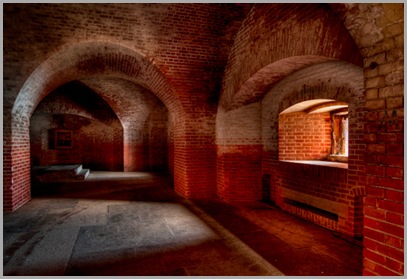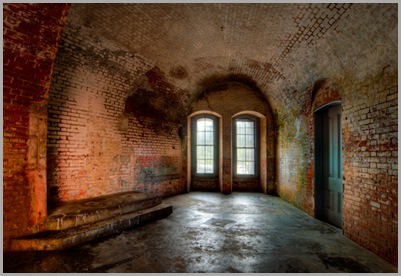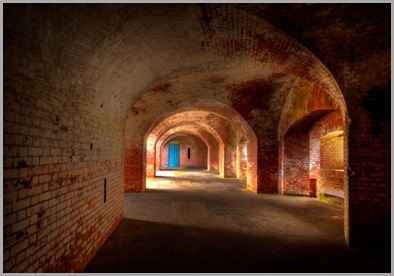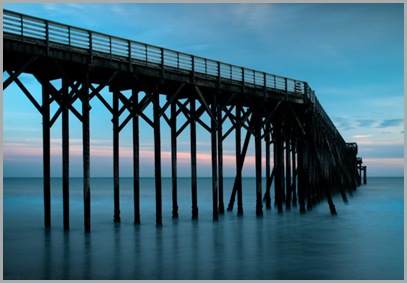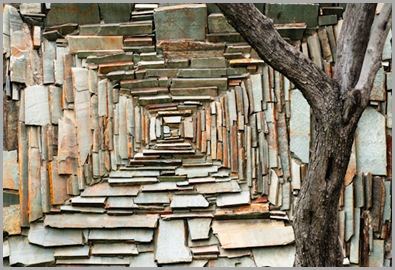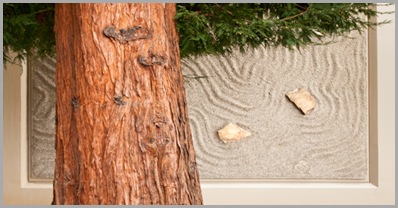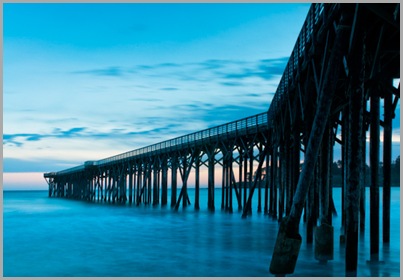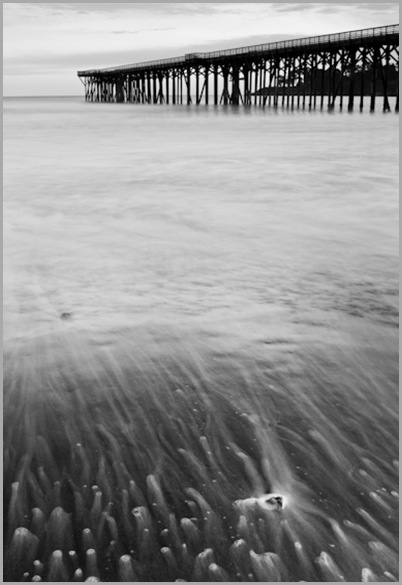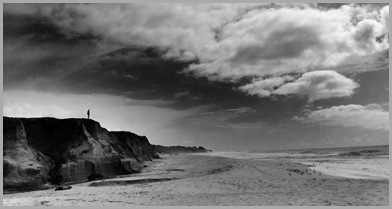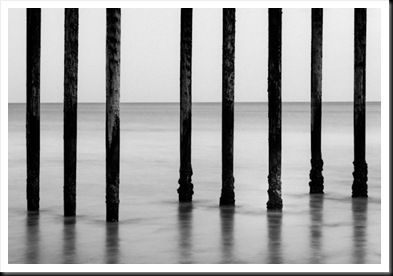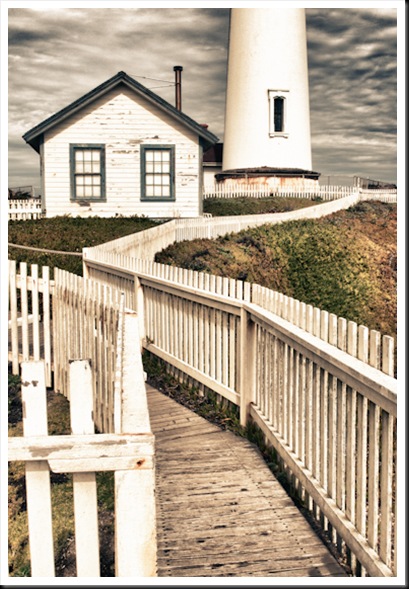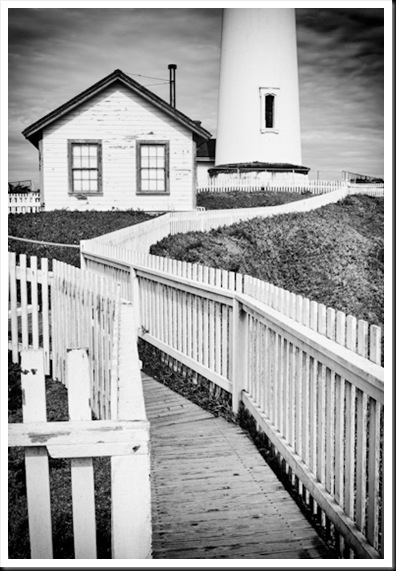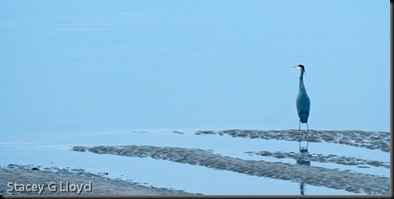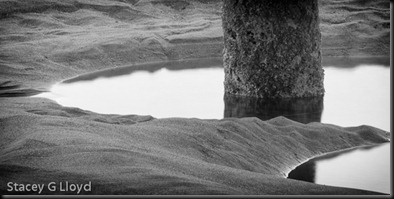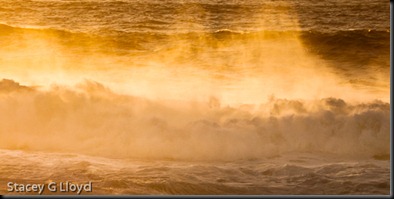Now and then a place you had no expectations of surprises you. Such was the case with Fort Point in San Francisco. Having visited Alcatraz and the Palace of Fine Arts earlier in the day, I had already been presented with great subject material. But nothing inspired me as much as Fort Point. This Civil War era structure contained unexpected beauty in light and form. Other photographers appeared to appreciate its beauty as well. Wedding and engagement photos were being shot the whole time I was there. I appeared to be the only one shooting HDR images of the fort itself. I have included a couple of my favorites from the day.
As with any image or any subject, it is still the light that makes or breaks the image and the light streaming through the windows and arches make this place a photographer’s paradise.
Blog Images:
- This was the first thing that grabbed my attention as I stepped onto the 3rd floor. Created from 5 1-fstop exposures. Processed with Photomatix 4.0 with Nik Color Efx Pro Color Contrast Filter plus local adjustments using Viveza.
- Just before I shot this image a bride and groom were posed to the left of these windows. What a great setting. 9 1-fstop exposures. Processed same as 1.
- I usually look for red doors, but a blue one surrounded by orange brick pops just as well. 5 1-fstop exposures. Processed same as 1.

